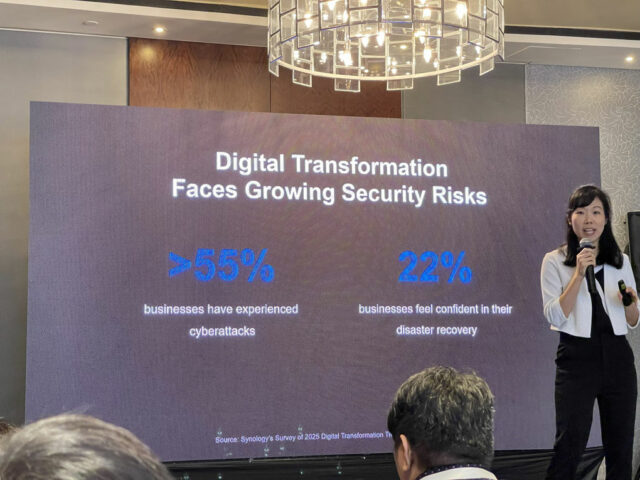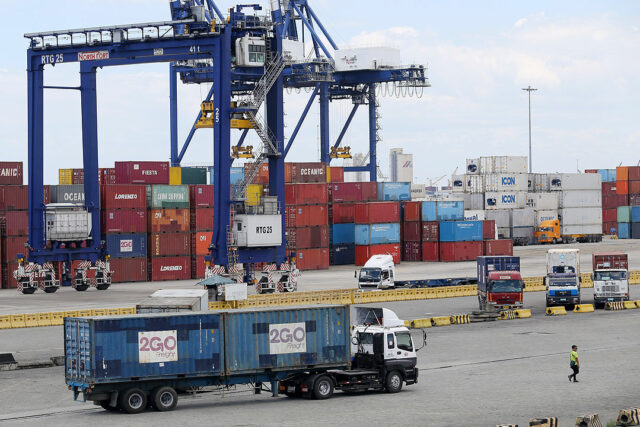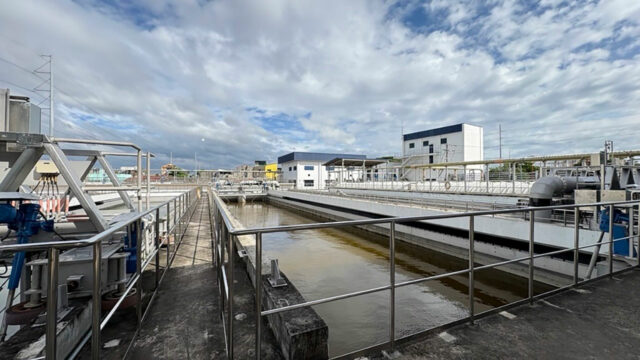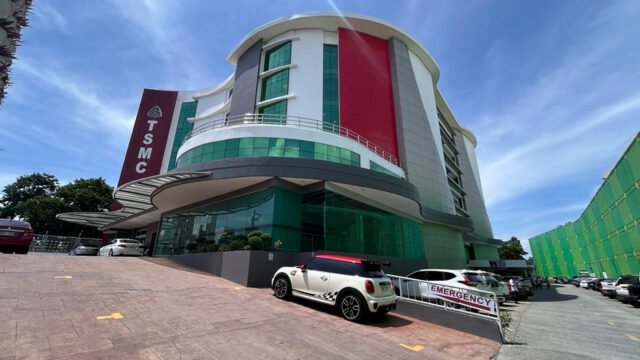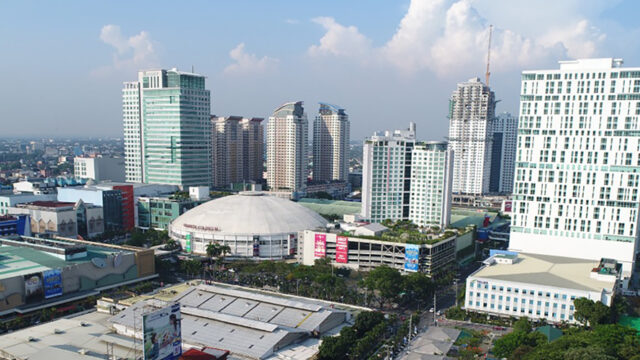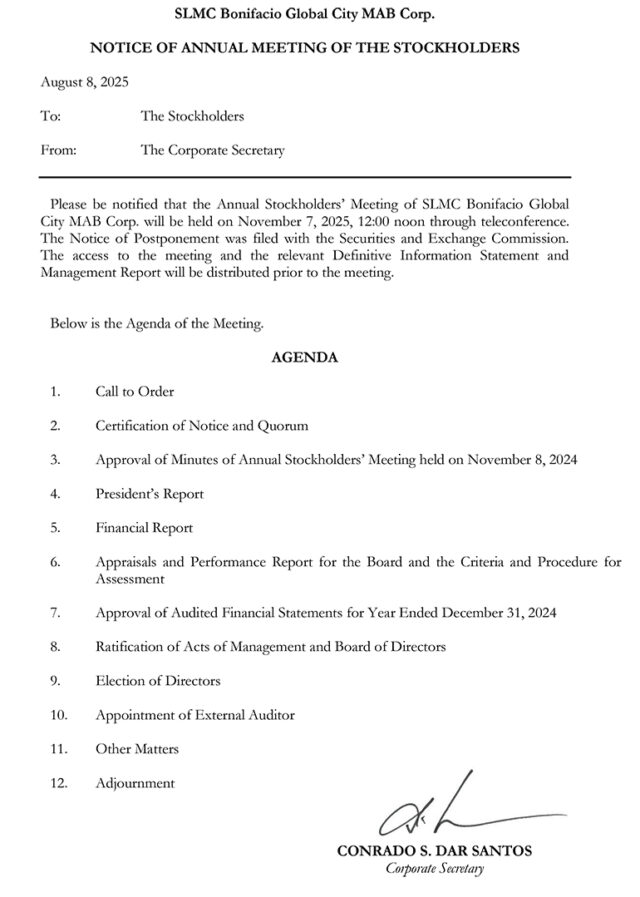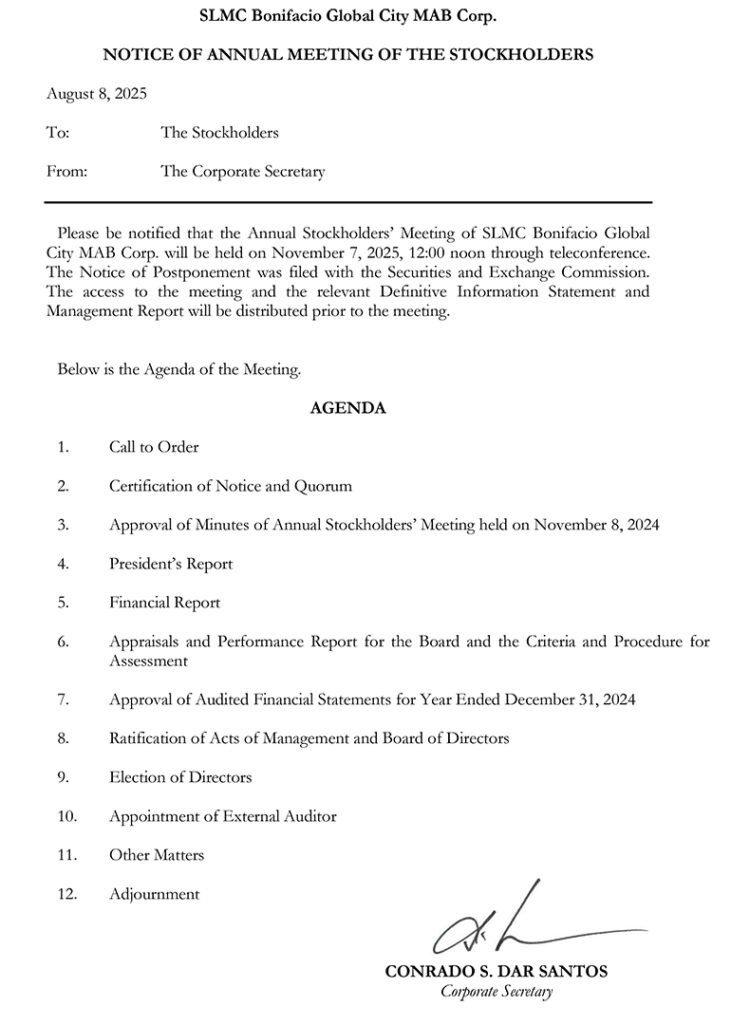By Justine Irish D. Tabile, Reporter
VEHICLE SALES in the Philippines slipped for a third straight month in September, dragged by a double-digit decline in passenger car demand amid tighter credit and shifting consumer spending priorities.
Data from the Chamber of Automotive Manufacturers of the Philippines, Inc. (CAMPI) and the Truck Manufacturers Association released on Thursday showed total sales fell 3.8% year on year to 38,029 units from 39,542 a year earlier. Month on month, sales improved slightly from August’s 7.6% drop, suggesting modest recovery momentum.
Passenger car sales plunged 23.9% to 7,948 units, accounting for just over a fifth of total industry volume. That segment, however, rebounded 4.7% from August’s 7,591 units. Commercial vehicle sales — which make up almost four-fifths of the market — rose 3.4% year on year to 30,081 units and were up 5.2% month on month.
Within the commercial segment, light commercial vehicle sales inched up 0.7% to 21,109 units, while Asian utility vehicles (AUV) rose 11.5% to 7,943. On a monthly basis, light commercial vehicle sales climbed 1.2% and AUVs rose 16.1%.
Light-duty truck and bus sales grew 8.3% to 589 from a year earlier, while medium- and heavy-duty categories fell 7.5% and 4.2%, respectively, to 371 and 69 units. Compared with July, all truck categories posted increases.
The annual decline reflected “base effects from high sales last year,” alongside weather disruptions and recent earthquakes that reduced operating days for dealers and consumers alike, Michael L. Ricafort, chief economist at Rizal Commercial Banking Corp., said in a Viber message.
He added that improved weather conditions toward yearend could help spur demand.
The automotive industry is targeting sales of 500,000 units this year, up from 467,252 units in 2024.
CONSUMERS HOLD BACK
John Paolo R. Rivera, a senior research fellow at the Philippine Institute for Development Studies, said the drop reflected “a mix of rising borrowing costs, slower wage growth and shifting consumer priorities.”
“Many households appear to be postponing big-ticket purchases amid economic uncertainty and constrained purchasing power,” he said in a Viber message.
“If key headwinds such as liquidity and credit tightening, weaker consumer confidence and tariff issues persist, we may see the decline continue through yearend unless targeted incentives or stronger consumer sentiment emerges,” he added.
From January to September, total vehicle sales edged down 0.3% to 343,410 units from a year earlier. Passenger car sales plunged 23.6% to 69,306 units, offsetting an 8.2% rise in commercial vehicle sales to 274,104.
Toyota Motor Philippines Corp. remained dominant with 164,797 units sold in the first nine months, a 3.6% increase that gave it a commanding 48% market share. Mitsubishi Motors Philippines Corp. followed with 65,421 units, down 0.9% year on year, representing 19% of the market.
Ford Motor Co. Philippines, Inc. placed third with 16,688 units, down 22%, while Nissan Philippines, Inc. and Suzuki Philippines, Inc. sold 16,621 and 16,390 units, respectively. Suzuki’s 9.3% rise was among the strongest in the top five, reflecting continued strength in smaller, fuel-efficient vehicles.
CAMPI President Rommel R. Gutierrez said the latest figures underscored the industry’s resilience.
“The September results reflect the sector’s adaptability and commitment to innovation,” he said in a statement. “As we continue to embrace electrification and expand commercial mobility solutions, we remain optimistic about closing the year on a high note.”
EVs GAIN GROUND
Electrified vehicle (EV) sales reached 20,662 units in the first nine months, representing 6% of total sales.
Meanwhile, the Electric Vehicle Association of the Philippines (EVAP) and the Department of Energy (DoE) expect EV registrations to reach 35,000 by yearend, up from 29,715 as of July.
Patrick T. Aquino, director of the DoE’s Energy Utilization Management Bureau, said this year’s registrations could mark a “banner year” for EV adoption. “If we do reach 35,000, it will confirm a banner year in both sales and registrations,” he said at the 13th Philippine Electric Vehicle Summit on Thursday.
EVAP President Edmund A. Araga said the milestone reinforces the sector’s goal of reaching 2.5 million EVs by 2040.
“Each year, we’re breaking our own records,” he said. “The bold target is to make EVs account for at least 50% of all vehicles on our roads by 2040.”
With incentives now rolling out, that goal looks achievable, he added.
Under the Electric Vehicle Industry Development Act, EV owners enjoy incentives such as exemption from coding schemes, registration discounts and priority parking. The government has also begun crafting an EV incentive strategy to further support adoption.
Mr. Aquino said most EV growth in the coming years would come from two- and three-wheelers, which dominate the local transport market and are cheaper to convert to electric power. “We are confident the upcoming EV incentive strategy will accelerate this shift,” he said.



